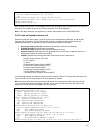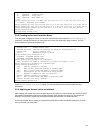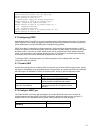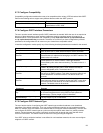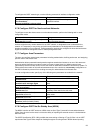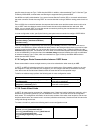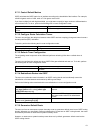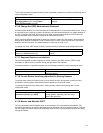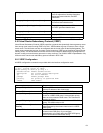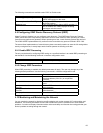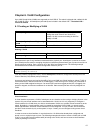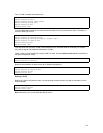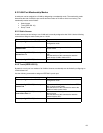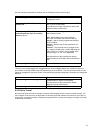
63
To display various routing statistics, use the following commands in top mode.
Command Purpose
show ip ospf
Display general information about the OSPF
routing process.
show ip ospf database
show ip ospf database {asbr-summary |
external | network | nssa-external |
router | summary}
show ip ospf database {asbr-summary |
external | network | nssa-external |
router | summary} link -state-id
show ip ospf database {asbr-summary |
external | network | nssa-external |
router | summary} link -state-id self-originate
Display lists of information related to the
OSPF database.
Command Purpose
show ip ospf database {asbr-summary |
external | network | nssa-external |
router | summary}
link -state-id
adv-
router ip-address
show ip ospf database {asbr-summary |
external | network | nssa-external |
router | summary} self-originate
show ip ospf database {asbr-summary |
external | network | nssa-external |
router | summary} adv-router ip-address
show ip ospf database self-originate
show ip ospf database max-age
Display lists of information related to the
OSPF database.
show ip ospf border-routers
Display the internal OSPF routing table entries
to Area Border Router (ABR) and
Autonomous System Boundary Router
(ASBR).
show ip ospf route
Display OSPF routing table entries
show ip ospf interface
interface-name
Display OSPF-related interface information
show ip ospf neighbor [neighbor-id | interface-
name ]
Display OSPF-neighbor information.
To quickly diagnose problems, the debugging commands are useful to customers. Use the following
commands to display OSPF information in top mode.
Command Purpose
debug ospf packet {hello | dd | ls-ack | ls-
request | ls-update | all} [send | recv [detail]]
Display one set of information for each
packet. The information includes the
descriptions of packet database, link state
requests, and their updates.



